The best structural innovations of the year unveiled as 2018 Structural Awards shortlist is announced
By Mackenzie Goldberg|
Wednesday, Aug 1, 2018

Related
The shortlist for The Structural Awards 2018 has been released today by the Institution of Structural Engineers. "Given that 2018 is ‘The Year of Engineering’, our awards are more relevant than ever," said Martin Powell, chief executive of the Institution of Structural Engineers. "They prove just how innovative our industry is in bringing truly ambitious and monumental projects to life."
This year's shortlist contains an unusual and imaginative collection of entries. Among the selected structures are several bridges, including New Zealand's first constructed pedestrian and cycle network arch bridge; sculptural monuments by renowned artists; and a cricket stadium which has been dubbed the ‘Lord's of East Africa’.
Foster + Partners work for Apple, which should come as no surprise, makes multiple appearances on the list. Their Steve Jobs Theater Pavilion and their new flagship store on Michigan Ave. in Chicago have both been shortlisted in the 'Structural Artistry' category. The two glass-wrapped buildings, featuring exceptionally thin carbon fiber roofs and minimal internal structure, are masterclasses in stylish engineering.
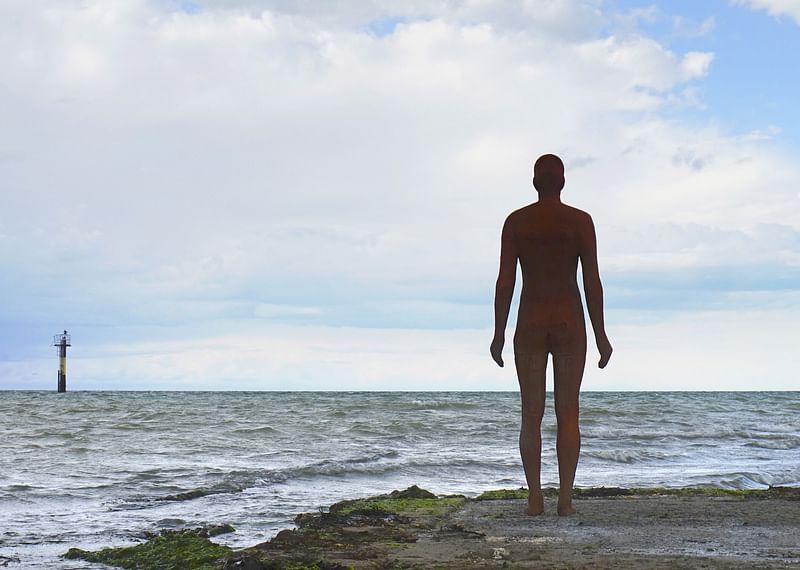
A recent addition to the competition, the 'Extreme Condition' category, added to the competition last year, contained some of the most compelling of the shortlisted projects, including a cast iron sculpture situated in the intertidal zone in the sea beyond Turner Contemporary art gallery. The project required an anchorage system, completely invisible yet robust enough to deal with tidal and breaking wave loads, leading to creative engineering solutions. The world's first floating wind farm, competing under this category as well, is another truly innovative project.
For 2018, 53 entries out of 115 projects were shortlisted across 14 categories. Winners will be announced during an awards ceremony on Friday 16 November at The Brewery, London.
Check out more of the shortlisted projects below.
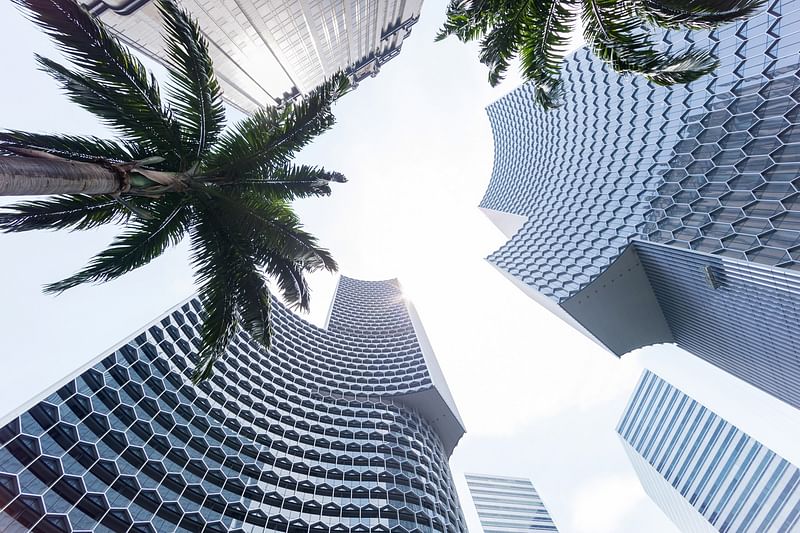
Duo
Structural Designer: Beca
Architect: Buro Ole Scheeren & DP Architects
"The resolution of variable form and load paths in this project demonstrates the ability of the structural engineer to take many different design challenges and resolve them into an apparently simple and buildable form. The two towers present large blocks of cantilevered floors at height. The resulting transfer of vertical load path impacted design and detailing for both the long term permanent structural behavior as well as considerations for construction. Load balancing of the cantilevers at the cores as well as the connection detailing presented challenges for the engineers which were resolved through careful consideration and early involvement with the contractor."
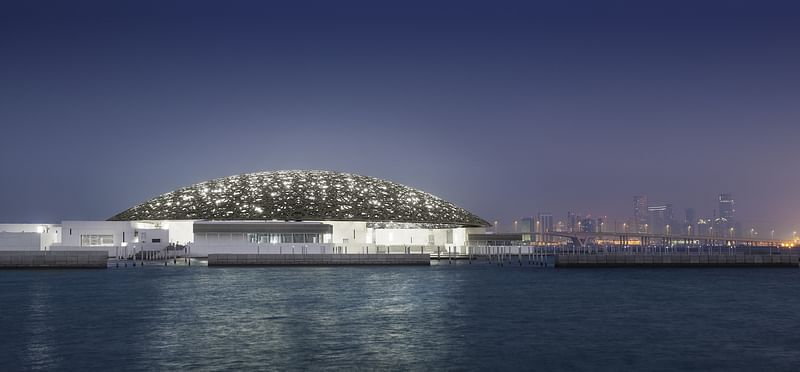
Louvre Abu Dhabi
Structural Designer: BuroHappold Engineering
Architect: Jean Nouvel
"The great success of the Louvre Abu Dhabi is to achieve the 180m diameter dome roof structure that is so fully integrated with the architecture that the distinction is hard to draw. From the concept stages defining the geometry of the roof layers and analyzing the light filtering effect to the final detailing and consideration of construction process, the engineers must be credited for bringing a painstaking level of attention to detail, more usually associated with smaller-scale architectural engineering, to the design of a structure of such scale featuring 11,000 individual structural elements. Beyond this, the support of the roof on just four points around its circumference presented special challenges beyond those usually encountered with dome structures and these were managed with skill and aplomb by the engineers."
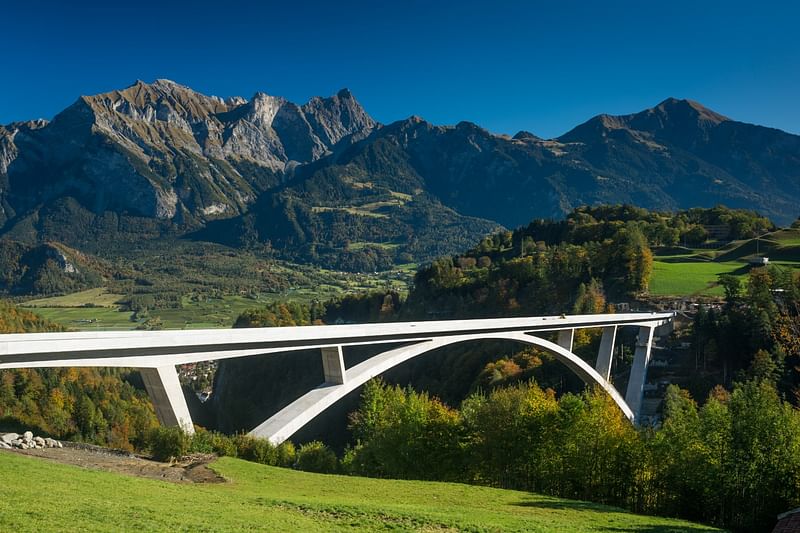
Tamina Canyon Crossing
Structural Designer: Leonhardt, Andrä und Partner, Volkhard Angelmaier
Architect: Volkhard Angelmaie
"This is undoubtedly an outstanding engineering solution, and the judges were impressed by the elegance, clarity and economy of the design. The judges noted the efficiency of the structural system, as well as the beautiful way that the design integrates with its spectacular surroundings. This is a concrete arch design in the best traditions of Christian Menn and Robert Maillart, and the engineers have produced a world class and graceful design."

Suzhou Dajia, Double Bridges
Structural Designer: Yuan Xin, Shanghai Co-base Structural Steel Co., Ltd
Architect: Shanghai Lacime Architect Design Co., Ltd
"These two covered footbridges span 28m over a river running through a recently built high quality residential development. The brief was to provide bridges of equivalent high quality in a form that recognizes the traditional Chinese footbridge. Old bridges were made of wood, had relatively short spans, and were covered with a tiled roof. The challenge was to create a new design in contemporary materials that could span 28m. The design that was developed makes use of the canopy and the bridge deck working together with ingenious triangulated steel frames to form a vierendeel truss. Both canopy and deck are made of fabricated box sections, and the frames, at 2.25m centres, provide the vierendeel throughout all of the bridge with the exception of the last two bays at each end where steel bar diagonals are needed to transmit the shear. The triangulated frames are placed in the centre of the footpath so that both sides of the bridge are entirely clear of structure. The result is a very elegant contemporary version of the traditional bridge."
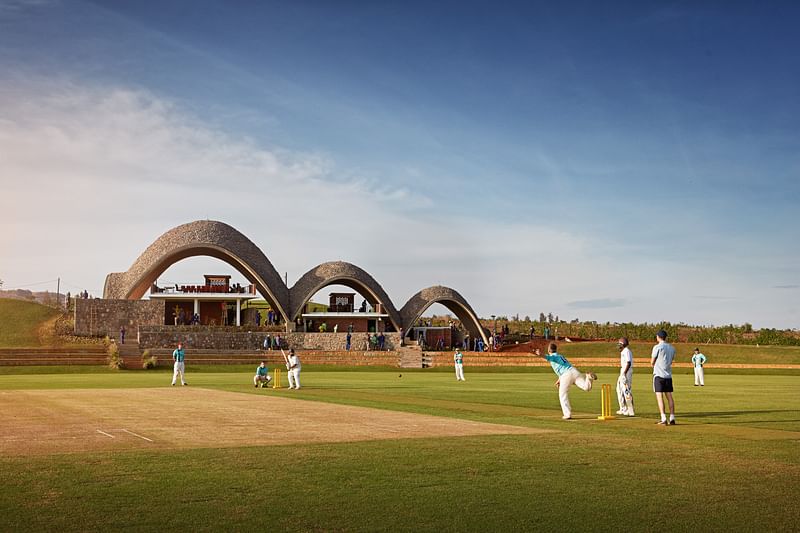
Rwanda Cricket Stadium
Structural Designer: Light Earth Designs
Architect: Light Earth Designs LLP
"The stadium adapts ancient Mediterranean techniques of thin-tile vaulting using compressed soil-cement tiles and geogrid reinforcement for seismic stabilization. It is composed by three vaults, the largest spanning 16m with a rise of over 9m. The vaults follow the natural resolution of forces toward the ground, closely mimicking the parabolic geometry of a bouncing ball and evoking the cherished hilly topography of Rwanda. Employing air-dried, hand-pressed soil tiles, produced using local labour, this method of construction has proved to be innovative, cost effective and beautiful."

Cadogan Song School
Structural Designer: Kamal Fozdar – Consulting Structural Engineer
Architect: Palassis Architects
"The dramatic colonnade entrance to this building, which fills a confined space between the cathedral and rectory, provides a dramatic visual impact by the use curved pre-cast white concrete elements with sandblast finish. The building is predominantly formed from off-site modular elements brought together to form internal curved beams, external walls with glazing to shed light to the lower floors and U-shaped columns supporting the vaulted arches up to two sloping and curved and sloping pre-cast concrete spires. This represents excellence in offsite structural component technology demonstrating an ability to achieve the shape and form of the architectural intent. The challenging pre-cast concrete structural shapes were created using a computer-generated mould system. The structural solution implemented demonstrates efficient use of material and speed of construction."

The Stability Frame, Hywind Scotland
Structural Designer: Saipem Limited
"The installation of five Wind Turbine Generators (WTGs) by the Semi‐Submersible Crane Vessel Saipem 7000 on Statoil’s Hywind Scotland Project using the Saipem Stability Frame. Hywind Scotland is the world’s first floating wind farm. This was also the world’s first installation of a fully assembled WTG onto a floating substructure. The Stability Frame used 25% of the material of a traditional frame and was far more efficient in terms of execution schedule. This delivered a cost saving to the project of 1.7m euros. The assembly was carried out in Stord, Norway, then the fully assembled turbines were towed to Scotland."
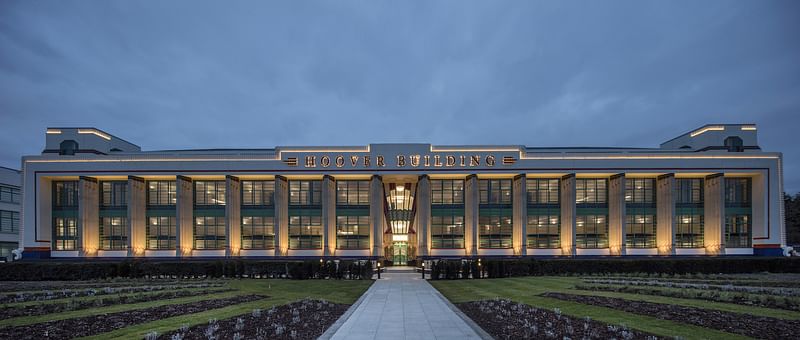
The Hoover Building
Structural Designer: Interrobang
Architect: Interrobang
"A Grade II listed Art Deco building converted from an office to 66 homes. The project required careful and considered design, complementing the historic fabric and utilising the existing structure while converting the building by adding additional levels between the existing floor slabs. Existing and proposed loads were carefully balanced with a timber-framed solution, designed to shift the additional weight to locations that could support it."

V&A Grain Silo Complex
Structural Designer: Arup and Sutherland Engineers
Architect: Heatherwick Studio
"A grain silo complex repurposed to create a 10,000m² museum of contemporary art and five star luxury hotel. Retaining much of the original structure, an atrium reveals the original workings of the building creating a juxtaposition with the new ‘white box’ gallery spaces. The transformation of the original working house into a hotel was made possible by altering the stability system from external shear walls to an internal concrete core, whilst maintaining as much of the original structure and character as possible"
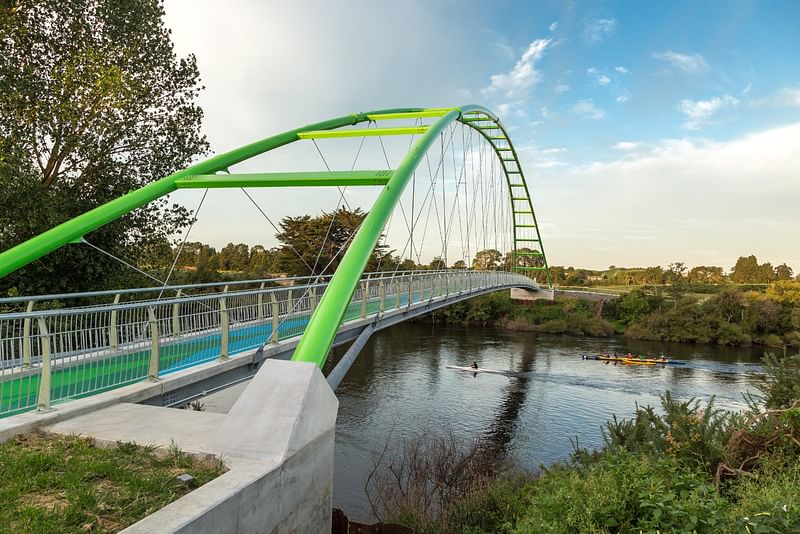
Perry Bridge
Structural Designer: Holmes Consulting
"A fine example of thinking outside the box to launch this 130m long slender network arch pedestrian bridge across the river. Sliding the leading edge of the bridge arch along pretensioned cables anchored to both river banks required careful analysis and engineering finesse. To see this erected in this manner in just under two hours must have been a sight to behold. Great engineering."
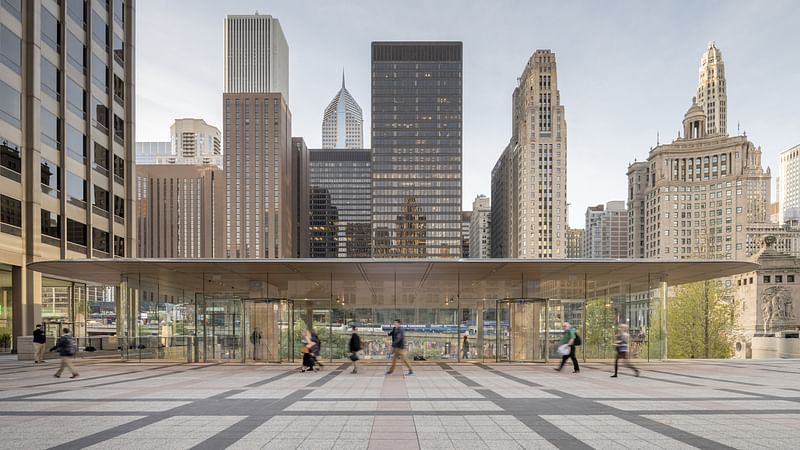
Apple Michigan Avenue
Structural Designer: Foster + Partners and Simpson Gumpertz and Heger
Architect: Foster + Partners
"A new retail store featuring an exceptionally thin carbon fibre roof (1m deep x 33.7m x 29.8m in plan) supported on four columns. A structural steel roof frame supports the carbon fibre roof which together cantilever 8.3m to the south, 9.3m to the east and west, and 6.3m to the north. The store is split over two levels level with an interior tapering mezzanine balcony flanked by grand stairs to either side, creating a stunning central volume. The design is truly integrated, combining structural engineering with the other core design disciplines and specialist fabricators to achieve a visionary client’s aspirations."
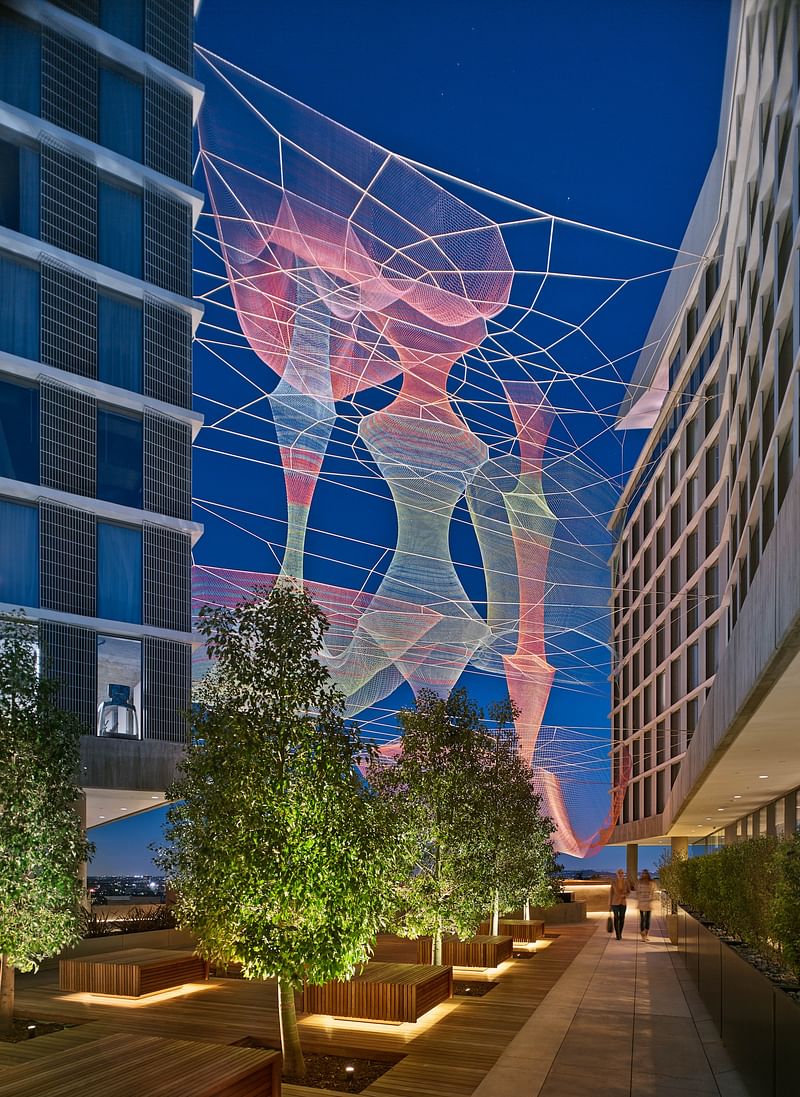
Sunset Dream Catcher—Echelman Sculpture
Structural Designer: Skidmore, Owings & Merrill
Architect: Skimore, Owings & Merrill LLP, Janet Echelman
"This large-scale, floating net sculpture was developed for the Sunset La Cienega project in West Hollywood, California. The aerial sculpture was designed in collaboration with artist Janet Echelman and spans the two towers of the development. The artwork’s inspiration stems from dreams and the idea of dreaming hotel guests asleep in the two buildings that cradle and support the sculpture."
Innovative Touring Frame - U2 ‘The Joshua Tree’ Tour 2017
Structural Designer: Atelier One Ltd
Architect: Designer: PRG Projects
"This reimagined support structure for LED screen panels keeps construction innovation in lockstep with rapid technological advance. The judges were impressed with the clever thinking that resulted in a support structure that creatively uses carbon fibre reinforced plastic to substantially improve collapsibility and pack size as well as speed of assembly and disassembly. Add to that its adaptability to vertical and horizontal positioning as well as convex and concave surfaces and you have leading edge structural design on the big stage."
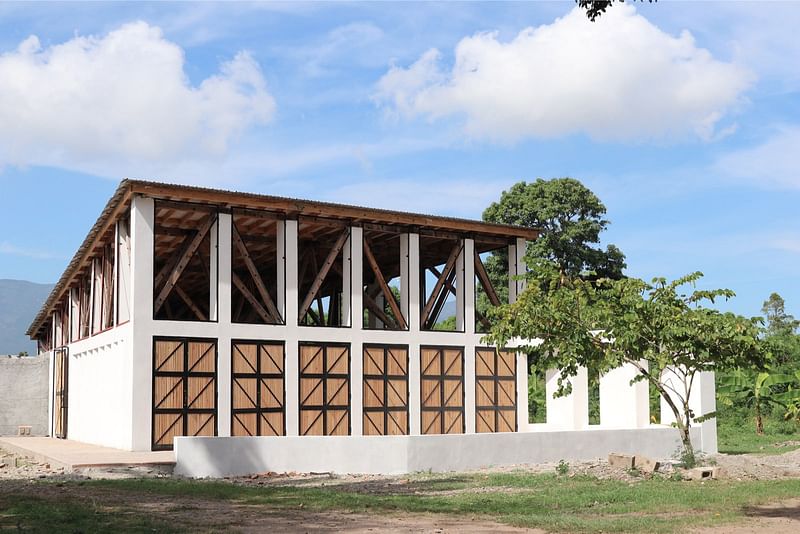
Haiti Chapel
Structural Designer: Webb Yates Engineers
Architect: Guylee Simmonds
"Conceived to be built using locally available trades and materials, the chapel fulfils a useful function in an area that has suffered significant natural disasters. It provides a new large space for services, meetings and staff training, as well as several connecting offices for counselling and consulting. The chapel has been designed to resist seismic action and hurricane wind loads and is an excellent example of a structural design delivering tangible improvements to peoples' lives."
Find the full shortlist here.

RELATED NEWS 2017 Structural Awards shortlist announced


Share
0 Comments
Comment as :